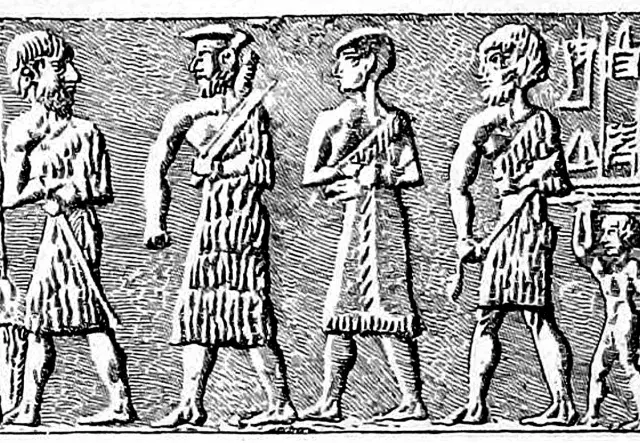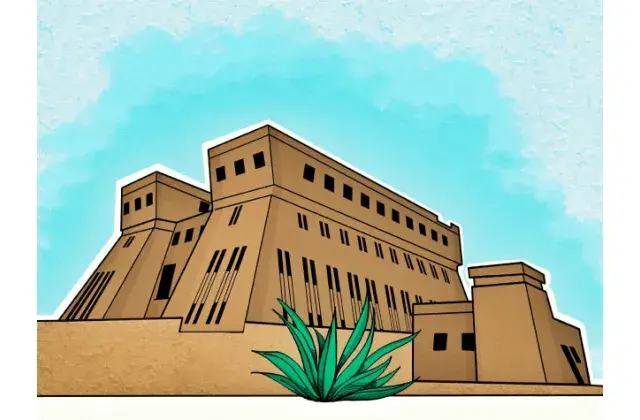Akkadian Empire (c. 2335-2279 BCE)

The Akkadian Empire c. 2335-2279 BCE is recognized as the world’s first empire under its ruler Sargon of Akkad who brought the early Sumerian city states under his control. This made the empire the earliest multi-national political entity, compromising different cities of southern ancient Iraq. In this era, Sumer was politically divided into rival city-states, each governed by its dynasty of rulers. Among these city-states, the Akkadian rulers of the city of Agade or Akkad in the middle of ancient Iraq, were able to unite these competing Sumerian city states with the Akkadian world and bring them under their control. Akkad was the seat of the empire; its area situated where the Tigris and Euphrates rivers approached closest to each other. Its residents were Semitic people who communicated in the Akkadian language, which was inscribed using the cuneiform writing system.
The first king of the empire was Sargon, as we know the name today, which is a contemporary interpretation of Sharru-ken, which translates to "the king is legitimate". Sargon of Akkad made the Sumerian city-states the core of his multinational empire while expanding to as far as Anatolia, Iran, Arabia, and the Mediterranean, encompassing modern-day Kuwait, Iraq, Jordan and Syria. The empire was ruled through a hereditary monarchy, where the sons and grandsons of Sargon ruled one after another until the empire’s fall. During the life of the empire, five kings ruled over the empire: Sargon, Rimush, Manishtusu, Naram-Sin, and Shar-Kali, who stabilised the region and maintained control through military campaigns.
During the Akkadian empire, a centralised form of governance was practised, hence the earliest known examples of a centralised and multi-ethnic state in history. Sargon of Akkad maintained control over the cities by placing powerful and trusted officials in positions of power in each city and garrisoning them with Akkadian troops. In order to control religious affairs while he was ruling from the upper part of the Empire, he placed his daughter Enheduanna at the temple of moon-god at Ur in the south as the High Priestess.
The establishment of this empire brought stability to the region, fostering the growth of art, literature, scientific pursuits, agricultural improvements, and religious developments. The Akkadian Empire introduced an early form of postal service involving clay tablets written in cuneiform. The tablets were enclosed with outer clay envelopes that bore the recipient's name and address, along with the sender's seal, ensuring privacy as they couldn't be opened without breaking the clay seal. This delivery method ensured that the message contents were protected solely for the intended recipient. This historical system under the Akkadian Empire highlights the early stages of standardised communication practices. The concept of sealed correspondence values the importance of confidentiality in communication methods, an aspect still valued in modern postal and digital communication systems.
This article was written by Renas Babakir and is licensed under CC BY-NC 4.0.






